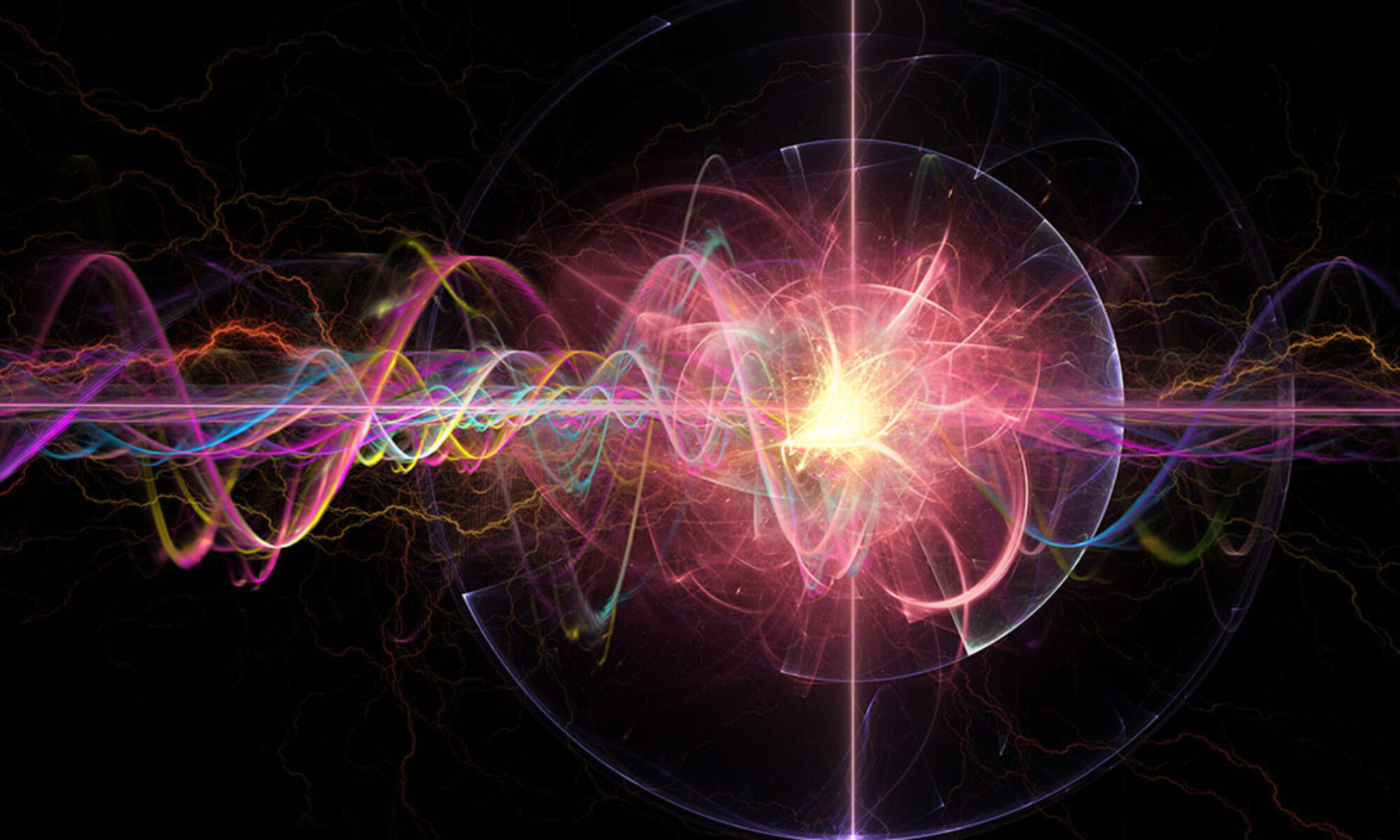
When two-dimensional electron systems are subjected to magnetic fields at low temperatures, they can exhibit interesting states of matter, such as fractional quantum Hall liquids. These are exotic states of matter characterized by fractionalized excitations and the emergence of interesting topological phenomena.
Researchers at Cavendish Laboratory and Massachusetts Institute of Technology (MIT) set out to better understand these fascinating states using machine learning, specifically employing a newly developed attention-based fermionic neural network (FNN).
The method they developed, outlined in a paper published in Physical Review Letters, was trained to find the lowest-energy quantum state (i.e., ground state) of fractional quantum Hall liquids.
“AI has transformed many areas of society and science, but we are yet to see an AI breakthrough in quantum physics,” Liang Fu, co-author of the paper, told Phys.org.
“Solving quantum many-body problems is known to be extremely difficult, because a quantum system can be in a superposition of exponentially many states: literally, everything everywhere all at once! So, we wanted to find out whether AI has the power to conquer the quantum world.”
The main objective of the recent research by Fu and his colleagues was to assess the potential of advanced machine learning tools for solving complex quantum problems. Working towards this goal, the researchers developed a new FNN and tried to use it to uncover the hidden patterns of electrons in topological quantum liquids.
“Our recent paper was inspired by the rapid development of AI, in particular the FNN, to tackle quantum chemistry problems,” said Yi Teng, co-author of the paper. “We wanted to demonstrate that this neural network based variational approach can also be applied to complex condensed matter systems, proven challenging for traditional numerical methods.”
Fractional quantum Hall liquids are intricate states of matter known to emerge in 2D electron systems when a strong magnetic field is applied to them. The computational method developed by Fu, Teng and Dai can capture rich physical phenomena, successfully uncovering microscopic features of fermionic quantum Hall liquids and competing states.
“The fractional quantum Hall liquid hosts emergent particles—-neither bosons nor fermions—-that carry a quantized fraction of electron’s charge,” explained Fu. “While great success in this venerable field came from the best human minds, there remain long-standing open questions that require numerically accurate solutions beyond the capability of traditional methods. So, we gave AI a shot.”
This study is among the first to demonstrate the potential of AI and machine learning for studying fractional phases of matter. Using their FNN, Fu, Teng and Dai generated a variational ansatz, which is a flexible mathematical structure that can be optimized to estimate a system’s ground state.
“We then used Monte-Carlo sampling to minimize the total energy in search of ground state,” said Teng. “We also performed extensive benchmarks and found neural networks consistently outperform traditional methods. The biggest advantage of our method is that no human biases are put in by hand, and the neural network captures all possible states of electrons without truncating the Hilbert space.”
The team’s demonstration highlights the promise of FNNs for the study and estimation of states that can be difficult to predict theoretically. As part of their study, the researchers successfully used their FNN to accurately predict the transition of a 2D electron system from liquid to crystal.
“We demonstrate that an unbiased neural network can be used to solve different phases (fractional quantum Hall liquid and Wigner crystal in our case) in a unified manner with unprecedented accuracy,” said Teng. “This shows the capacity and versality of the NN-based variational method in quantum condensed matter physics.”
In the future, the model developed by Fu, Teng and Dai could be improved further and used to predict the quantum phase diagram of various 2D electron systems. In addition, it could inspire the development of other FNN-based models for quantum research and could potentially contribute to the discovery of new quantum states of matter.
“For me, this project was a mind-blowing experience,” said Fu. “I am now fully convinced of the transformative power of AI for quantum science, offering a vast opportunity.
“Looking ahead, I also believe that solving challenging quantum problems provides an objective benchmark for different large language model architectures. Think of it: no training data is involved in such test, and the ranking is objectively determined by the variational energy. The best of all is the reward—AI solving the quantum phase diagram of real materials and discovering new quantum states of matter.”
As part of their future studies, the researchers plan to use their FNN-based method to study a wide range of other quantum systems. For instance, they would like to use it to gather new insights into non-Abelian states, unconventional superconductivity and quantum spin liquids.
“Going forward, I’m also excited to both use AI to solve challenging physics problems, and to use challenging physics problems to learn more about AI,” added David Dai, co-author of the paper.
